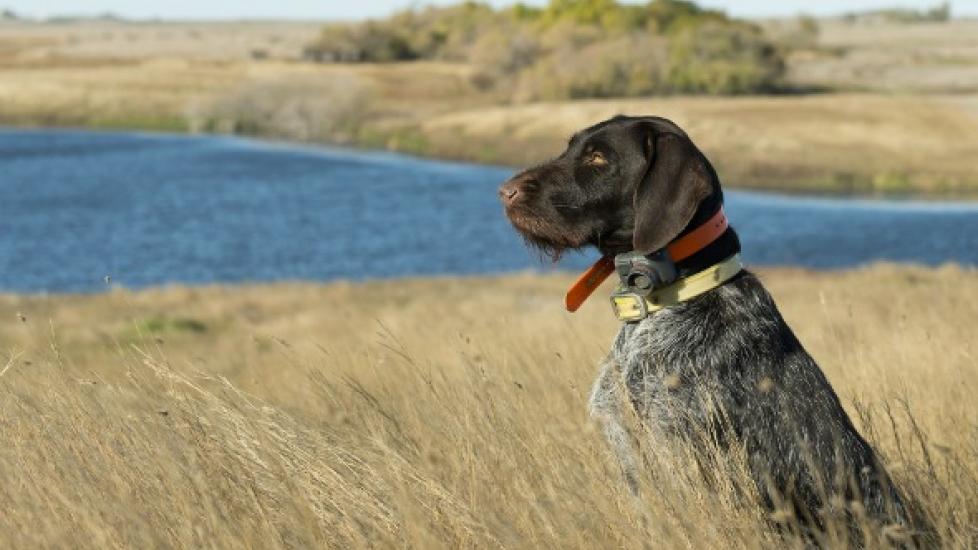Fungal Disease (Sporotrichosis) of the Skin in Dogs
Sporotrichosis in Dogs
Sporotrichosis is a fungal disease that affects the skin, respiratory system, bones and sometimes the brain. Infection is caused by the virtually ubiquitous dimorphic (mold and yeast) fungus, Sporothrix schenckii, which typically infects via direct inoculation - that is, through abrasions of the skin or by inhalation. The origin of the fungus is environmental; it is naturally found in soil, plants and sphagnum moss, but it can be communicated zoonotically between different animal species, and between animals and humans.
In dogs, the disease occurs more commonly in hunting dogs because of the increased likelihood of puncture wounds associated with thorns or splinters.
Symptoms and Types
Cutaneous sporotrichosis
- Bumps, or lesions on the skin surface, swollen lymph glands
- Numerous nodules that may drain or crust, typically affecting the head or trunk
- Previous trauma or puncture wound in the affected area is a variable finding
- Poor response to previous antibacterial therapy
- Combination of cutaneous and lymph form—usually an extension of the cutaneous form, which spreads via the lymphs, resulting in the formation of new nodules and draining tracts or crusts.
- Lymphadenopathy (disease of the lymphs) is common
Disseminated sporotrichosis
- Rare, occurs when the initial infection spreads into the body to a secondary location
- Systemic signs of malaise and fever
- Osteoarticular sporotrichosis occurs when the infection spreads into the bones and joints
- Sporotrichosis meningitis occurs when the infection spreads into the nervous system and brain
- Symptoms include loss of appetite (anorexia), and weight loss (cachexia)
Pulmonary sporotrichosis
- Occurs as a result of inhalation of Sporothrix schenckii spores
- Infected animal is more at risk of developing pneumonia
Causes
- Animals exposed to soil rich in decaying organic debris appear to be predisposed
- In dogs, puncture wounds associated with foreign bodies provide an increased opportunity for infection. Cat scratches provide a similar opportunity
- Exposure to other infected animals increases the risk factor
- Immunosuppressive disease should be considered a risk factor
Diagnosis
Your veterinarian will perform a thorough physical exam on your dog, taking into account the background history of symptoms and possible incidents that might have led to this condition. A complete blood profile will be conducted, including a chemical blood profile, a complete blood count, and a urinalysis.
It is important to note that this is a zoonotic disease, meaning that it is communicable to humans and other animals, and proper precautions will need to be taken to prevent the spread of infection. Even if you do not have a break in your skin, you are not protected against acquiring the disease.
An examination of the fluid from the lesions is often necessary to confirm an infection. In dogs, special fungal stains may aid in the diagnosis, but a negative finding does not rule out the disease. Laboratory cultures of the deeply affected tissue often require surgery to obtain an adequate sample. These samples will be sent for analysis, along with a special note to the laboratory listing sporotrichosis as a differential diagnosis. Secondary bacterial infections are common.
Treatment
Because of its potential for infection in humans, your dog may be hospitalized for the initial treatment. In many situations, outpatient therapy may be a consideration. Several antifungal drugs are available for treatment of this infection. Your veterinarian will choose the type that is best suited to your dog. The treatment generally takes some time; at least several weeks after the initial treatment before the patient is considered recovered.
Prevention
Although difficult to prevent because of its prevalence in the environment, it is helpful to determine the source of the Sporothrix schenckii, so that you can take steps to prevent repeat infections.
Living and Management
Your veterinarian will set up a schedule of follow-up appointments at around every 2–4 weeks in order to re-evaluate your dog. Clinical signs will be monitored and liver enzymes will be assessed. Side effects associated with treatment will be evaluated, and treatment will be adapted according to your dog's reactions. If your dog does not respond to therapy, your veterinarian will make changes in the medication.
Help us make PetMD better
Was this article helpful?
